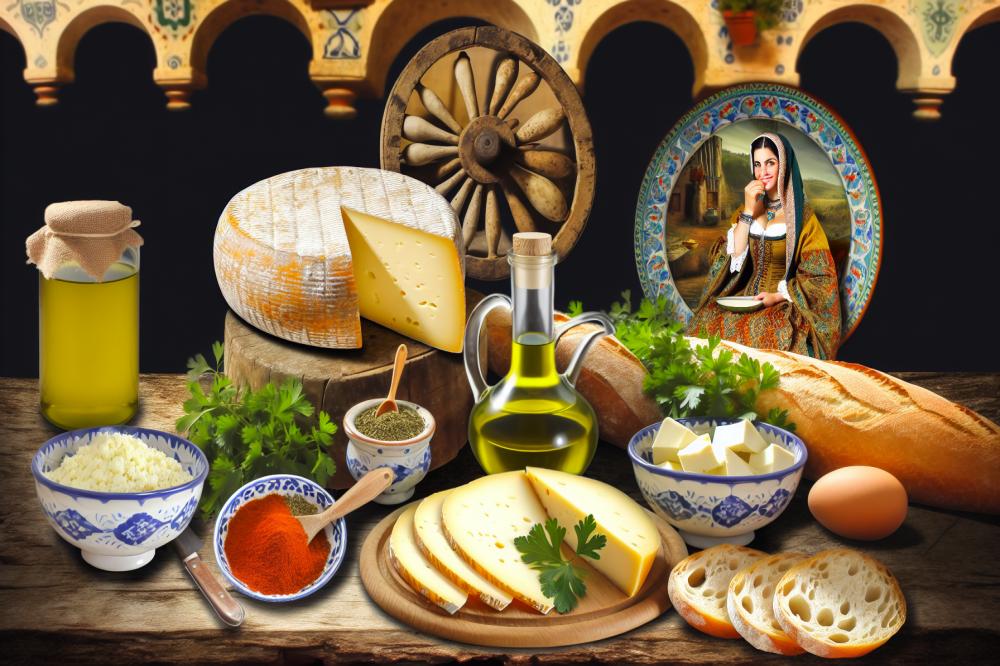Queijo de Évora: The Traditional cheese with a salty Kick
In the heart of Portugal, the Queijo de Évora stands as a brilliant representation of local flavors. This Traditional cheese is beloved not just for its taste but also for its history and cultural significance. Made primarily in the Alentejo region, it embodies centuries of craftsmanship passed down through generations.
Traditional cheeses play a vital role in Portuguese cuisine. They are staples at gatherings, celebrations, and everyday meals. Each cheese tells a story about the land and its people, opening a delicious window into Portugal’s rich culinary heritage. Among these, Queijo de Évora holds a special place, captivating cheese lovers with its distinct characteristics.
What sets this cheese apart is its distinct salty kick. The flavor profile can be surprising at first, yet it perfectly complements various dishes. Pairing it with bread, cured meats, or even fruit can elevate a simple meal into an extraordinary experience. This saltiness reflects the pastoral life of Alentejo, where sheep graze on the aromatic herbs of the region.
This article will explore the origins of Queijo de Évora, detailing its unique production methods and traditional pairing suggestions. We will also highlight its role in the local economy and community. By the end, readers will have a deeper appreciation for this notable cheese and the culture it represents.
Queijo de Évora
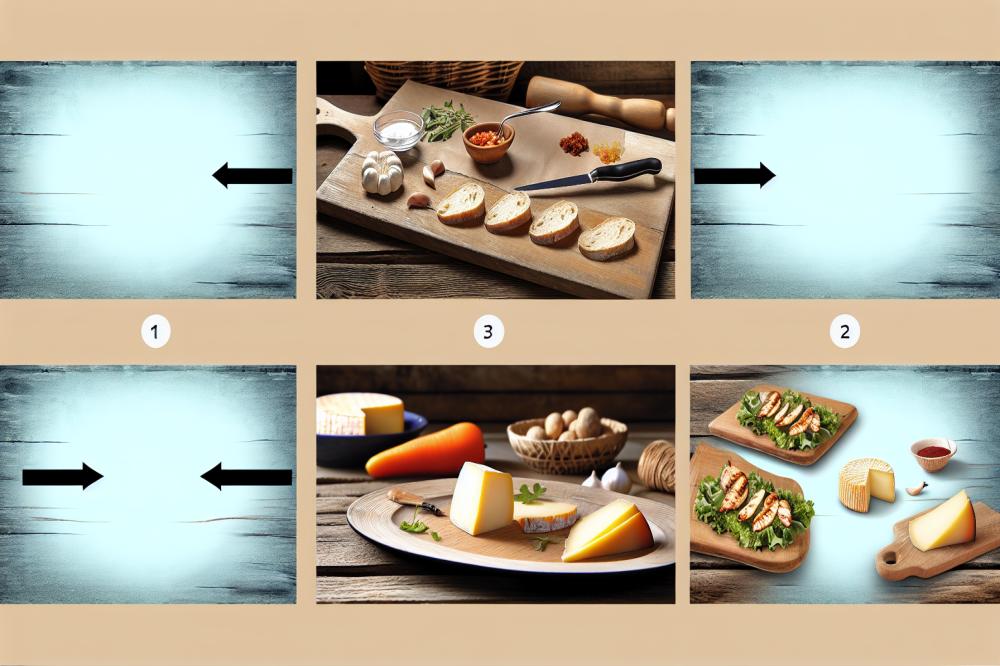
Description of Queijo de Évora
Queijo de Évora is a traditional cheese from Portugal’s Alentejo region. Its texture is semi-hard, often described as firm yet slightly crumbly. This cheese stands out with a rich, creamy flavor and a notable salty kick. The taste profile develops more complexity as it ages. Locals often enjoy it sliced, paired with bread or olives, making it a staple on many dining tables.
Origin and Historical Background
The origins of this cheese can be traced back many centuries. It is deeply rooted in the pastoral culture of Alentejo. Farmers made it from sheep’s milk, a practice that utilized local resources. Over time, the cheese became a symbol of the region’s culinary identity. Various historical texts mention it as a prized food item, often traded in local markets. Its history is intertwined with the way of life in Évora, reflecting the agricultural traditions of the area.
Production Process and Aging
Making this cheese involves a few pivotal steps. First, fresh sheep’s milk is collected. After that, the milk is warmed and combined with rennet, allowing it to curdle. Once the curds form, cheesemakers cut them and gently heat them again. After separating the whey, the curds are pressed into molds. This process takes skill and experience. Aging follows, typically lasting from a few months to over a year. During this time, flavors deepen and the characteristic salty kick develops.
Regional Significance and Variations
Queijo de Évora holds a cherished place in local culture. It is frequently featured in festivals and celebrations, showcasing Alentejo’s food heritage. Although the cheese follows a standard recipe, slight variations exist among local producers. Some artisans may add herbs or spices, creating a diverse range of flavors. These variations reflect the creativity and individuality of cheesemakers in the region. The cheese not only nourishes but also tells a story about the land and its people.
Traditional Cheese
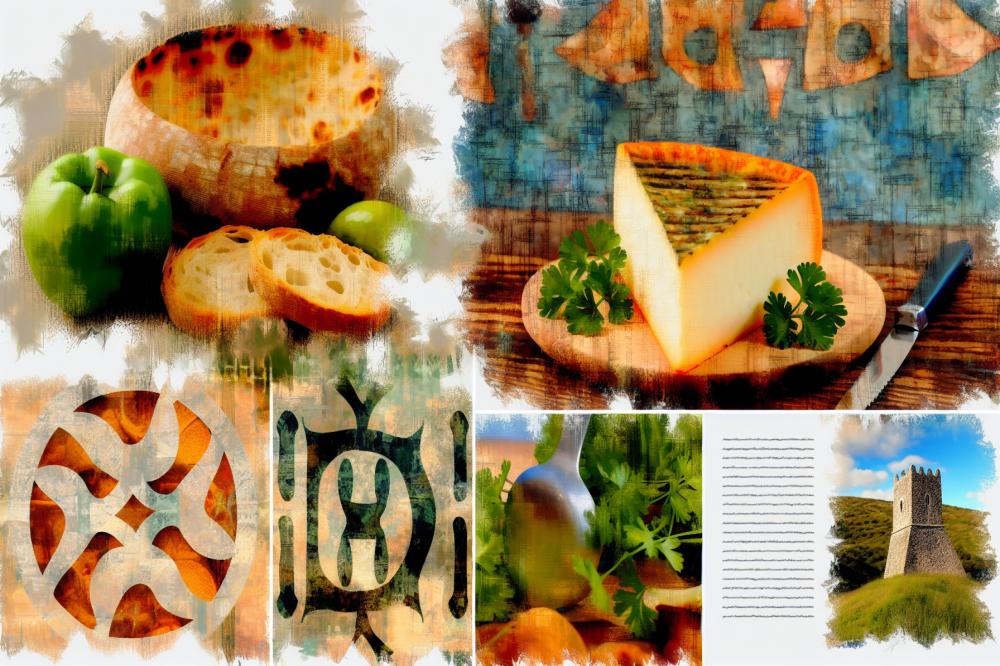
Portugal boasts a rich landscape of traditional cheeses, with varieties that reflect its diverse regions. Many of these cheeses are made from sheep, goat, or cow’s milk. Each type has its own flavor profile and texture. Some popular examples include Serra da Estrela, Azeitão, and Queijo de São Jorge. The methods of production vary, influenced by both geography and local traditions.
When comparing these cheeses to Queijo de Évora, interesting similarities and differences appear. Both share a strong, salty flavor, but Évora stands out with its firmer texture. Making this cheese involves specific practices that lend it a distinct taste. While others may be creamy or crumbly, Évora maintains a robust consistency. This nature contributes to its appeal in dishes that require melting or spreading.
Cultural significance plays a vital role in the appreciation of cheese across Portugal. Cheese making traditions have been passed down through generations. Many families engage in the craft, continuing ancestral recipes. Festivals often celebrate local varieties, showcasing their importance to regional identity. Sharing cheese is common at gatherings, emphasizing its role in social settings. People enjoy it not just for taste but also for the connection it fosters among communities.
Recipe: Grilled Queijo de Évora with Herbs
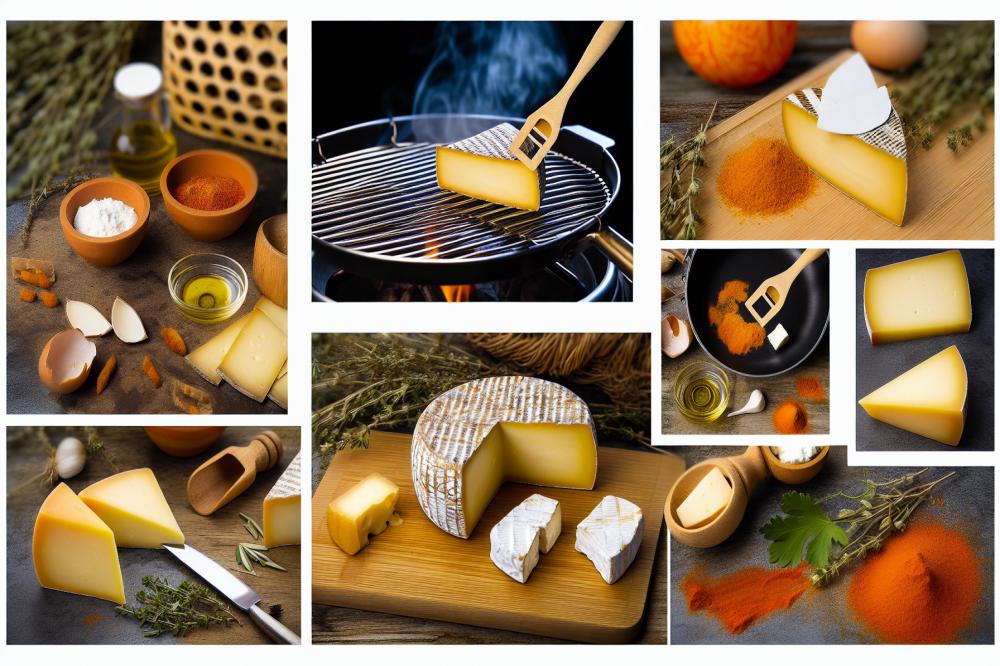
This grilled cheese dish highlights the savory flavors of the famous cheese. The combination of herbs and spices adds a delightful complexity, making it perfect for any gathering.
Ingredients:
- 250g Queijo de Évora
- 2 tablespoons olive oil
- 1 teaspoon dried oregano
- 1 teaspoon paprika
- Fresh parsley for garnish
- Baguette or rustic bread for serving
Instructions:
- Preheat the grill to a medium-high temperature.
- Cut the cheese into thick slices, about one inch in size.
- In a small bowl, mix the olive oil, oregano, and paprika until well combined.
- Brush each slice of cheese generously with the olive oil mixture.
- Grill the slices for approximately 2-3 minutes on each side until they turn golden and start to melt slightly.
- Plate the cheese while it’s still hot, garnishing with fresh parsley. Serve alongside slices of baguette or rustic bread.
Nutritional Information (per serving):
- Calories: 300
- Protein: 20g
- Fat: 23g
- Carbohydrates: 5g
Health benefits of ingredients:
Olive oil is known for its heart-healthy fats. These fats can help lower bad cholesterol levels. Oregano contains antioxidants which are beneficial for health. Paprika adds flavor and may help improve digestion. Parsley offers vitamins and minerals, contributing to overall well-being.
A Taste of Tradition
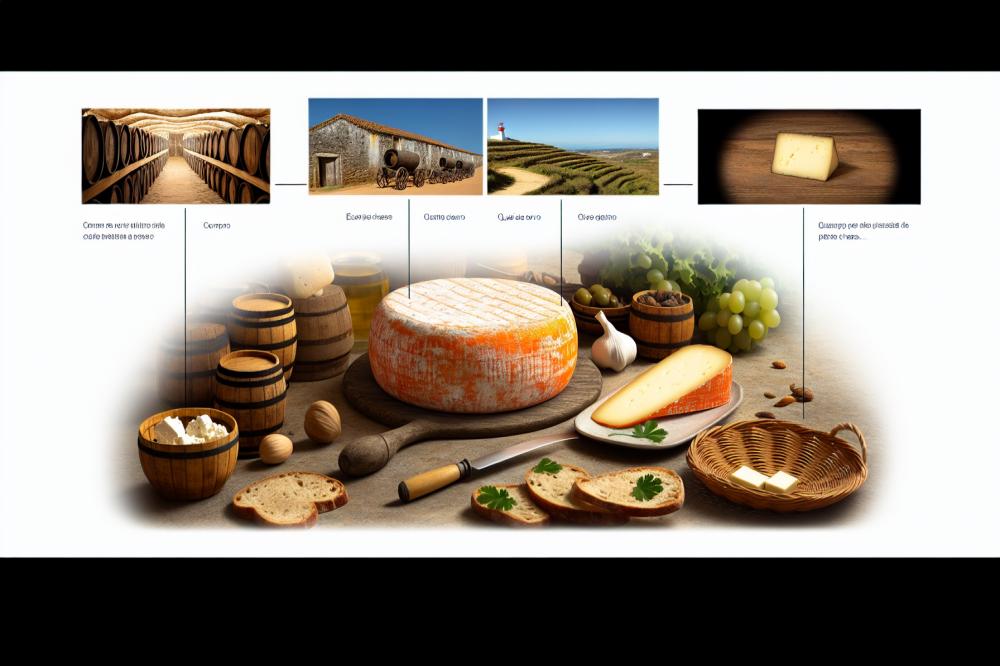
Queijo de Évora stands out as a remarkable symbol of Portuguese heritage. This traditional cheese, with its distinct salty kick, embodies the rich flavors that come from the Alentejo region’s lush pastures. Crafted using time-honored techniques, it showcases the skills and passion of local artisans. Each bite reveals a complex flavor profile, which balances sharpness and creaminess effectively. This cheese can elevate simple meals or be enjoyed with a glass of wine.
Everyone should seize the opportunity to explore this culinary treasure. Tasting Summarily, you will appreciate the artisan craftsmanship that goes into production. Finding it at local markets or specialty shops can be an enjoyable experience. Pairing it with bread, olives, or even fresh fruit enhances its character. Those who embrace this cheese will discover layers of taste that delight the palate.
Preserving traditional cheese-making methods is vital for Portugal’s cultural identity. These practices have been passed down through generations, telling stories of the land and its people. As global food trends evolve, safeguarding this heritage becomes even more important. Together, we can appreciate and celebrate the unique flavors that define our culinary landscape.

